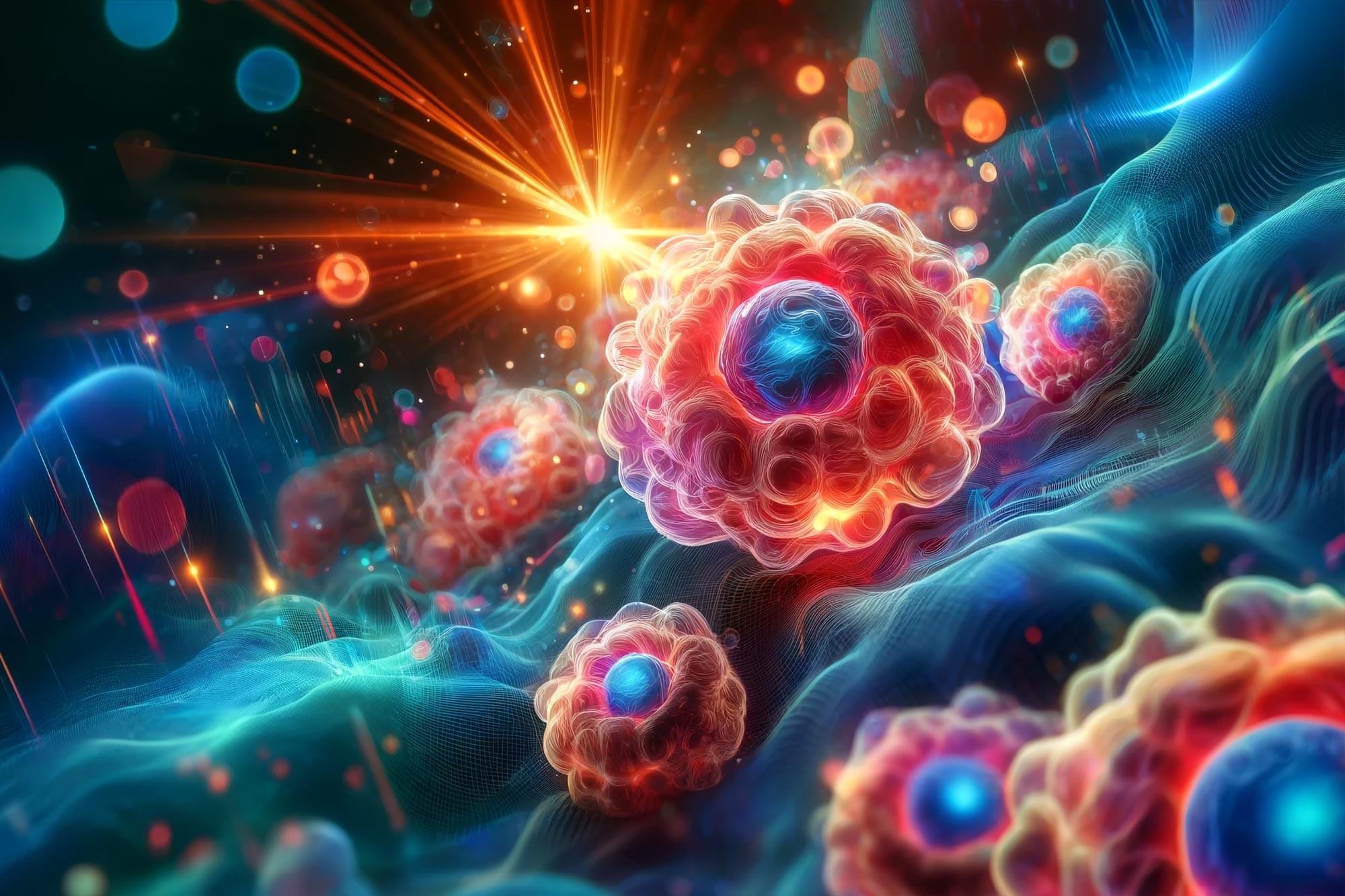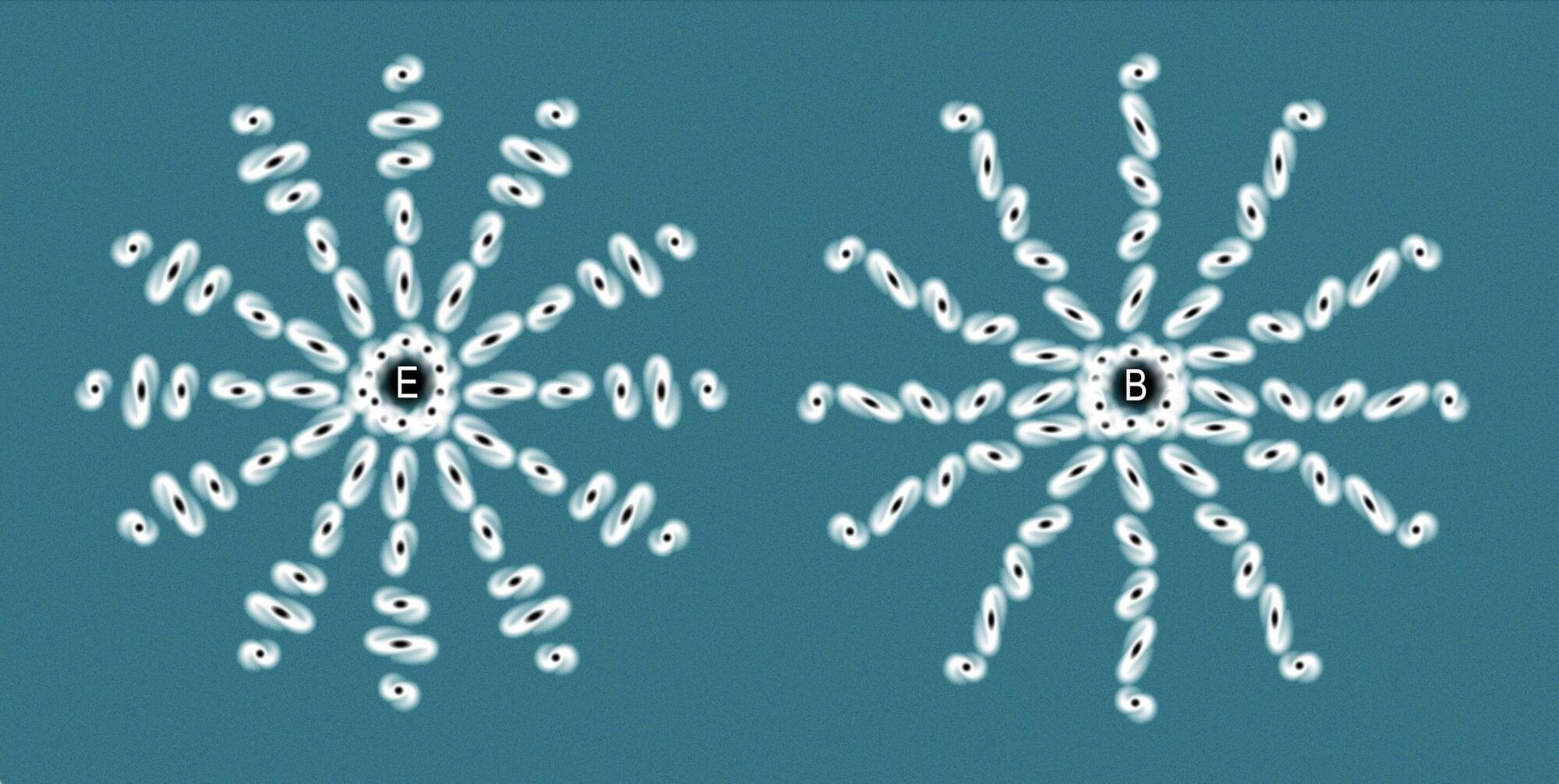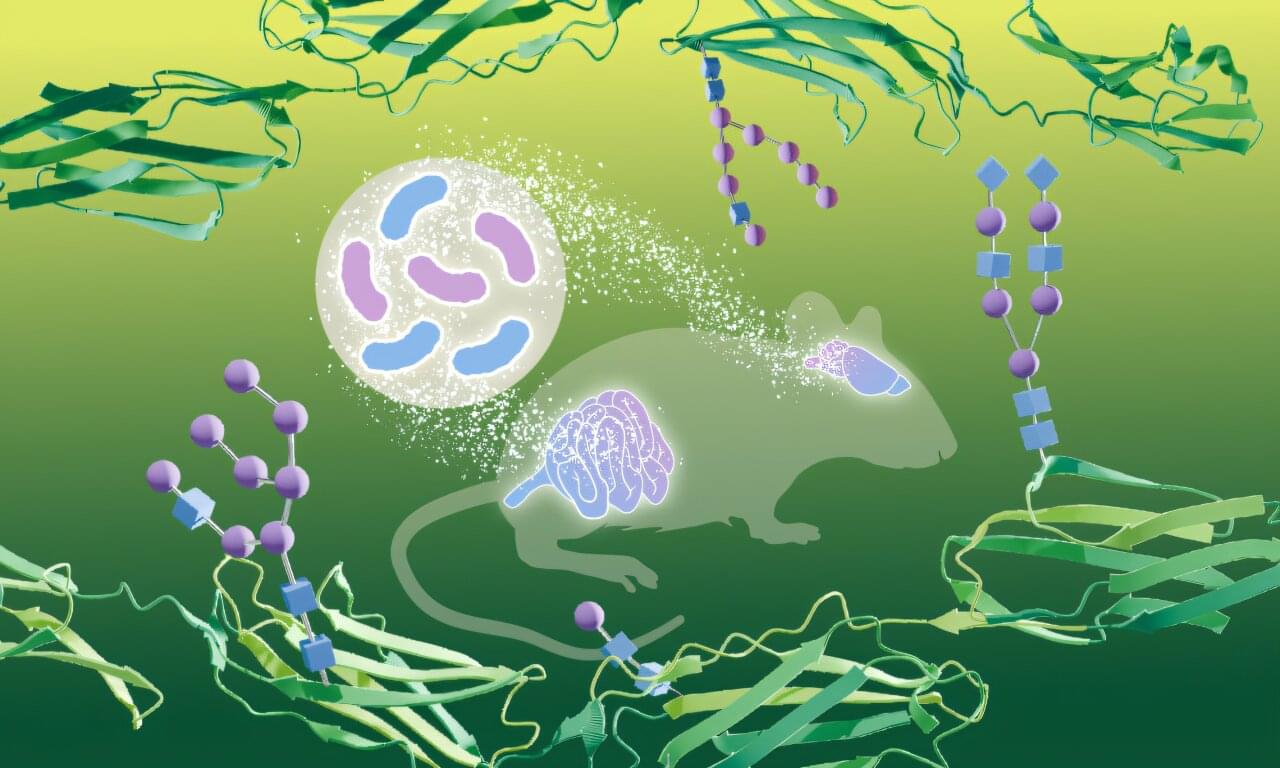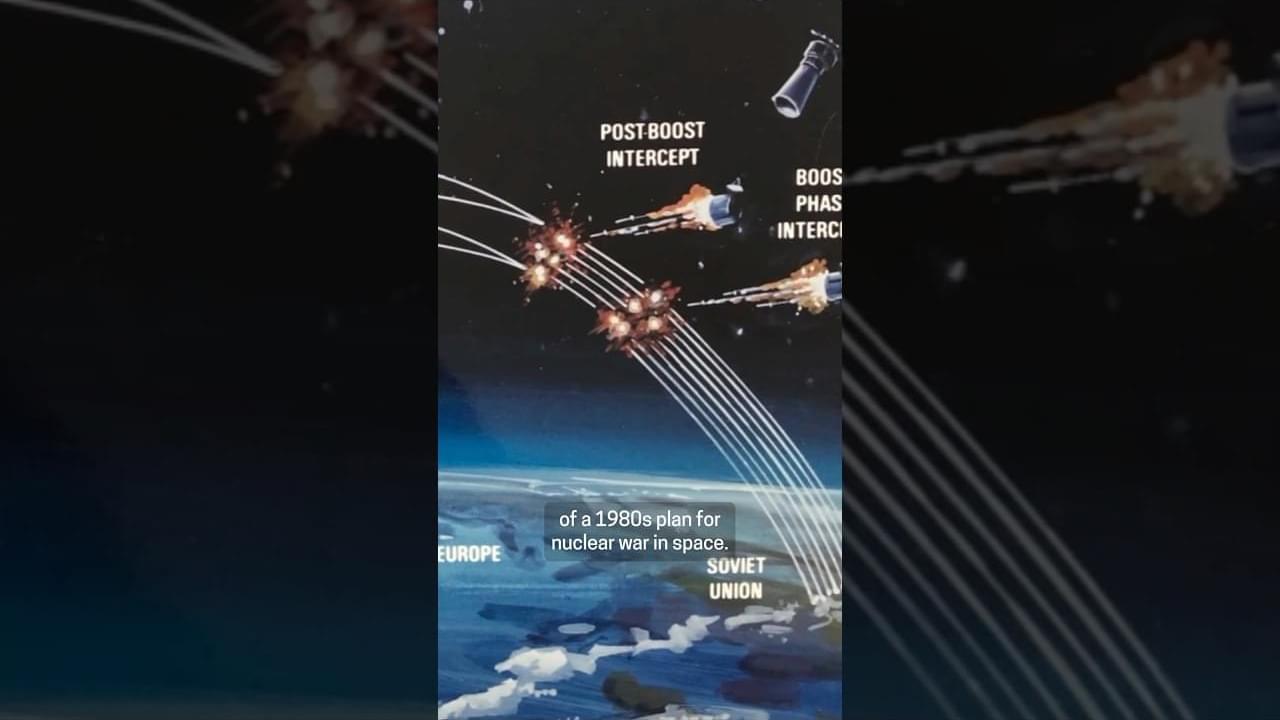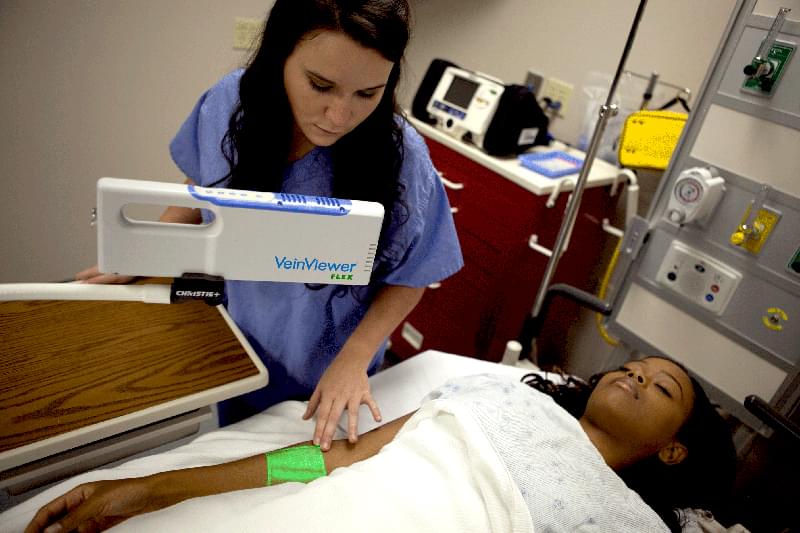When the immune system becomes unbalanced, it can lead to serious problems, such as type 1 diabetes, other autoimmune diseases, or organ rejection after a transplant. Current treatments often involve suppressing the entire immune system, which can cause severe side effects, including a higher risk of infections and other complications. A better approach would be to regulate the immune response in a precise and targeted way. That’s exactly what researchers have now achieved by engineering specialized immune cells designed to restore balance without compromising overall immunity.
Engineering Immune Cells to Protect Rather Than Attack
The immune system defends the body against viruses, bacteria, and other threats by identifying harmful invaders and mounting a response. It also distinguishes between the body’s own cells and foreign ones, adjusting its reaction as needed. However, when the immune system becomes dysregulated, it can mistakenly attack the body’s own tissues. This happens in conditions like type 1 diabetes, where the immune system destroys insulin-producing beta cells in the pancreas. It can also reject transplanted organs, treating them as foreign threats. While immunosuppressant drugs can prevent these harmful reactions, they come with serious risks, including increased vulnerability to infections and cancer.
